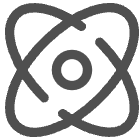Services
Internet of Things(IoT)
Achieve zero degrees of separation by connecting appliances, wearables & much more with your data.
Award-Winning Software Engineering & IT Staffing Company

Accelerating Innovation: Developing the Internet of Things(IoT)
The Internet of Things (IoT) refers to a network of physical devices, vehicles, home appliances, and other items embedded with electronics, software, sensors and connectivity which enables these objects to connect and exchange data. The IoT concept enables the creation of smart environments, where objects can be monitored and controlled remotely, improving efficiency, accuracy and overall quality of life.
The IoT has the potential to revolutionize the way we live, work, and interact with technology by allowing for seamless communication and automation between devices. This can result in benefits such as improved energy efficiency, better healthcare outcomes, increased safety and more convenient and efficient living.
However, the growth of the IoT also presents challenges, including privacy and security concerns, the need for standardization and interoperability and the management and analysis of large amounts of data generated by connected devices. Despite these challenges, the IoT is rapidly becoming a ubiquitous part of our daily lives and is poised to have a major impact on our world in the coming years.
The secret of our success lies in our streamlined approach to building a dedicated team and completing the project on time and on budget. Our results are guaranteed.
Let’s Discuss Your ProjectBenefits Of The Internet of Things( IoT)

Increased Efficiency and Automation
IoT devices can automate many manual tasks, freeing up time for more important activities. This results in increased efficiency and productivity.

Real-Time Monitoring
IoT devices can provide real-time monitoring and analysis of data, which can be used to make informed decisions and take immediate action if necessary.

Improved Safety
IoT devices can be used to enhance safety in various ways, such as by monitoring the environment for potential dangers or by alerting authorities in case of an emergency.

Better Health Outcomes
IoT devices can be used to monitor health conditions, track vital signs and provide remote consultations with healthcare providers.

Enhanced Customer Experience
IoT devices can be used to provide a more personalized and convenient experience for customers, such as by providing real-time information and offering personalized recommendations.

Improved Energy Efficiency
IoT devices can be used to monitor and control energy usage, reducing waste and lowering costs.

Predictive Maintenance
IoT devices can be used to predict when maintenance is needed, reducing the likelihood of unexpected breakdowns and prolonging the life of equipment.

Smarter Cities
IoT devices can be used to make cities smarter and more efficient, for example, by optimizing traffic flow, reducing energy consumption, and improving public safety.
What Makes VLink Different
Top Class Connectivity
For a while now, consumers have been enjoying the connectivity of various high-tech devices. Now, the B2B market has caught on — the industrial IoT category is growing by leaps and bounds.
Best Technological Solutions
Companies are finding that they can apply technological solutions for device management, security, applications and more.
Advanced & Secure Solutions
And when solutions are natively built, deployed, and maintained in the cloud, they are fast, secure and advanced.
Have a question?

Testimonials
See What Our Customers, Consultants & Partners Are Saying










